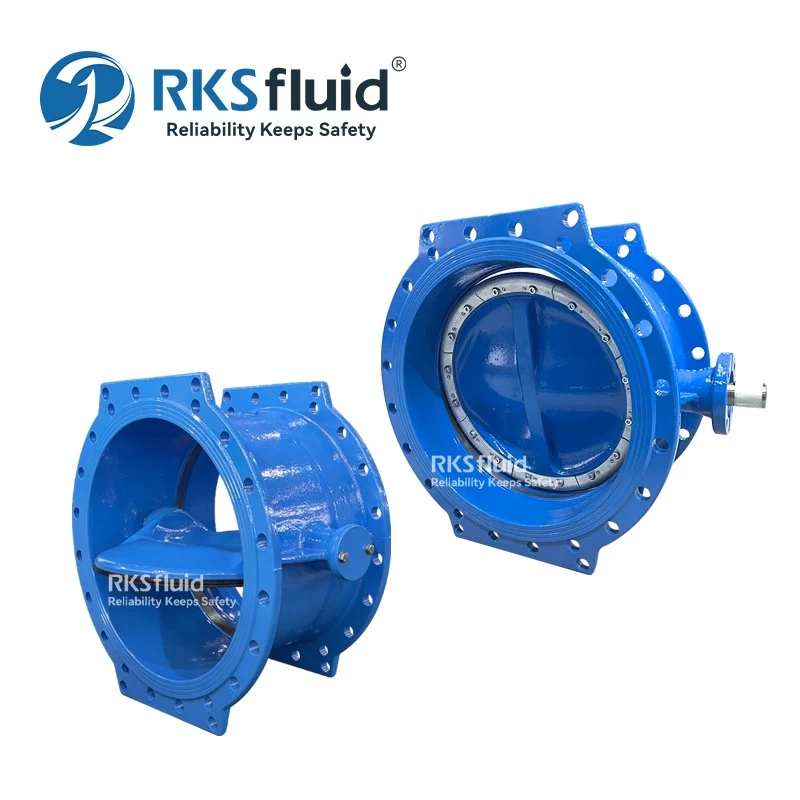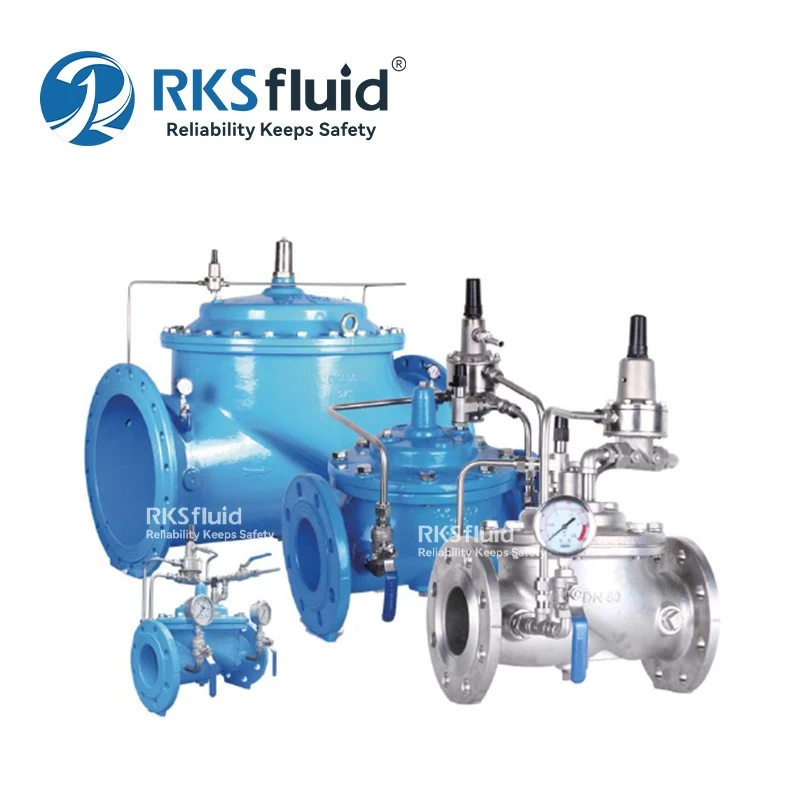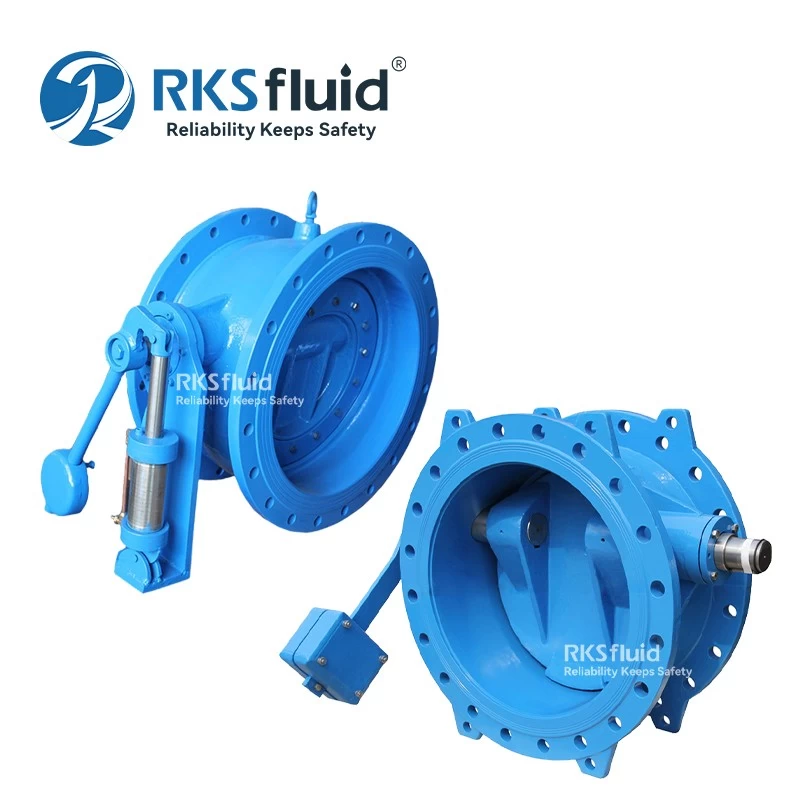- Main Product
- Contact Us
-
RKSfluid Flow Control Company
Web: www.rksfluid.com
Tel: +86 24 2318 0188
Fax: +86 24 2318 0788
Mail: info@rksfluid.com Contact Now
- Subscribe
-
Get email updates on new products
News
Valve and pipe connection
Valve and pipe connection
How to connect the whole valve with the pipeline or equipment, this problem can not be ignored, because the running, running, dripping and leaking of the valve mostly occur here.
1. Flange connection
Flange connections are the most used form of connection between valves and piping or equipment. It refers to the detachable connection of the flange, the gasket and the bolt as a set of combined sealing structures. Pipe flange refers to the flange used for piping in the pipeline installation. It is used on the equipment to refer to the inlet and outlet flanges of the equipment. The flange connection is easy to use and can withstand large pressures. Flange connection can be applied to valves of various nominal sizes and nominal pressures, but there are certain restrictions on the use temperature. In high temperature conditions, the flanges of the flanges are prone to creep and cause leakage. Under normal circumstances Blue connection is recommended for use at temperatures up to ≤350 °C.
According to the shape of the joint surface, it can be divided into the following types:
1)Smooth type: used for valves with low pressure. More convenient processing
2)Concave-convex: high working pressure, medium hard washer
3)Groove type: It can be used with gaskets with large plastic deformation. It is widely used in corrosive media and has good sealing effect.
4)Trapezoidal trough type: use oval metal ring as gasket for valve or high temperature valve with working pressure ≥60kg/cm2
5)Lens type: The washer is a lens shape made of metal. High pressure valve or high temperature valve for working pressure ≥100 kg/cm2
6)O-ring type: newer flange connection form, the sealing effect is more reliable than the general flat washer
2. The clip connection
A connection form in which the valve and the two pipes are directly clamped together by bolts.
3. Welding connection
The welded joint refers to a connection form in which the valve body has a welded groove and is connected to the piping system by welding.
GB/T 12224, API600, ASME B 16.34 and other standards have specified welding bevels.
The welded connection between the valve and the pipe is divided into a butt weld connection (BW) and a socket weld connection (SW), and the socket weld end shall comply with the provisions of JB/T 1751. Butt weld connection (BW) can be applied to various sizes, various pressures and high temperature conditions. Socket weld connection (SW) is generally suitable for valves ≤ DN50.
4. Threaded connection
This is a simple connection method and is often used for small valves. There are two cases:
1)Direct sealing: the internal and external threads directly seal. In order to ensure that the joints are not leaking, they are often filled with lead oil, wire hemp and polytetrafluoroethylene raw material tape, and the polytetrafluoroethylene raw material tape is widely used. This material has excellent corrosion resistance, excellent sealing effect, easy to use and store, and can be completely removed when disassembled, because it is a non-stick film, which is superior to lead oil and wire.
2)Indirect sealing: The force of screwing is transmitted to the washers seen on both planes, allowing the gasket to seal.
5. Card holder connection
The working principle of the ferrule connection is that when the nut is tightened, the ferrule is subjected to pressure, and the blade portion bites into the outer wall of the tube, and the outer tapered surface of the ferrule is tightly pressed against the tapered surface of the joint body under pressure, thereby reliably preventing leakage.
The advantages of this form of connection are:
1) Small size, light weight, simple structure, easy assembly and disassembly;
2) Strong connection force, wide application range, high pressure resistance (1000 kg/cm 2 ), high temperature (650 ° C) and shock vibration;
3) A variety of materials can be selected for corrosion protection;
4) Processing accuracy requirements are not high;
5) Easy to install at high altitude.
At present, the form of ferrule connection has been adopted in some small-diameter valve products in China.
6. Clamp connection
This is a quick connection method that requires only two bolts for low pressure valves that are often removed.
7. Self-tightening connection
The internal self-tightening connection is a form of connection that uses the pressure of the medium to self-tighten. Its sealing ring is installed at the inner cone, at an angle to the opposite side of the medium, the medium pressure is transmitted to the inner cone, and is transmitted to the sealing ring. At a certain angle of the cone surface, two component forces are generated, one with The centerline of the valve body is parallel to the outside and the other is pressed against the inner wall of the valve body. The latter part of the force is self-tightening. The greater the medium pressure, the greater the self-tightening force. Therefore, this type of connection is suitable for high pressure valves. It is more flanged than the flange, it saves a lot of material and manpower, but it also needs a certain pre-tightening force, so that it can be used reliably when the pressure inside the valve is not high.
Valves made using the principle of self-tightening are generally high pressure valves. There are many forms of valve connections, such as small valves that do not have to be removed, welded to the pipe; some non-metallic valves, socketed connections, and so on. Valve users should be treated according to the circumstances.
8. Other
Other valve connections are many, such as small valves that do not have to be removed, welded to the pipe; some non-metallic valves, socketed, and so on. Valve users should be treated according to the circumstances.











